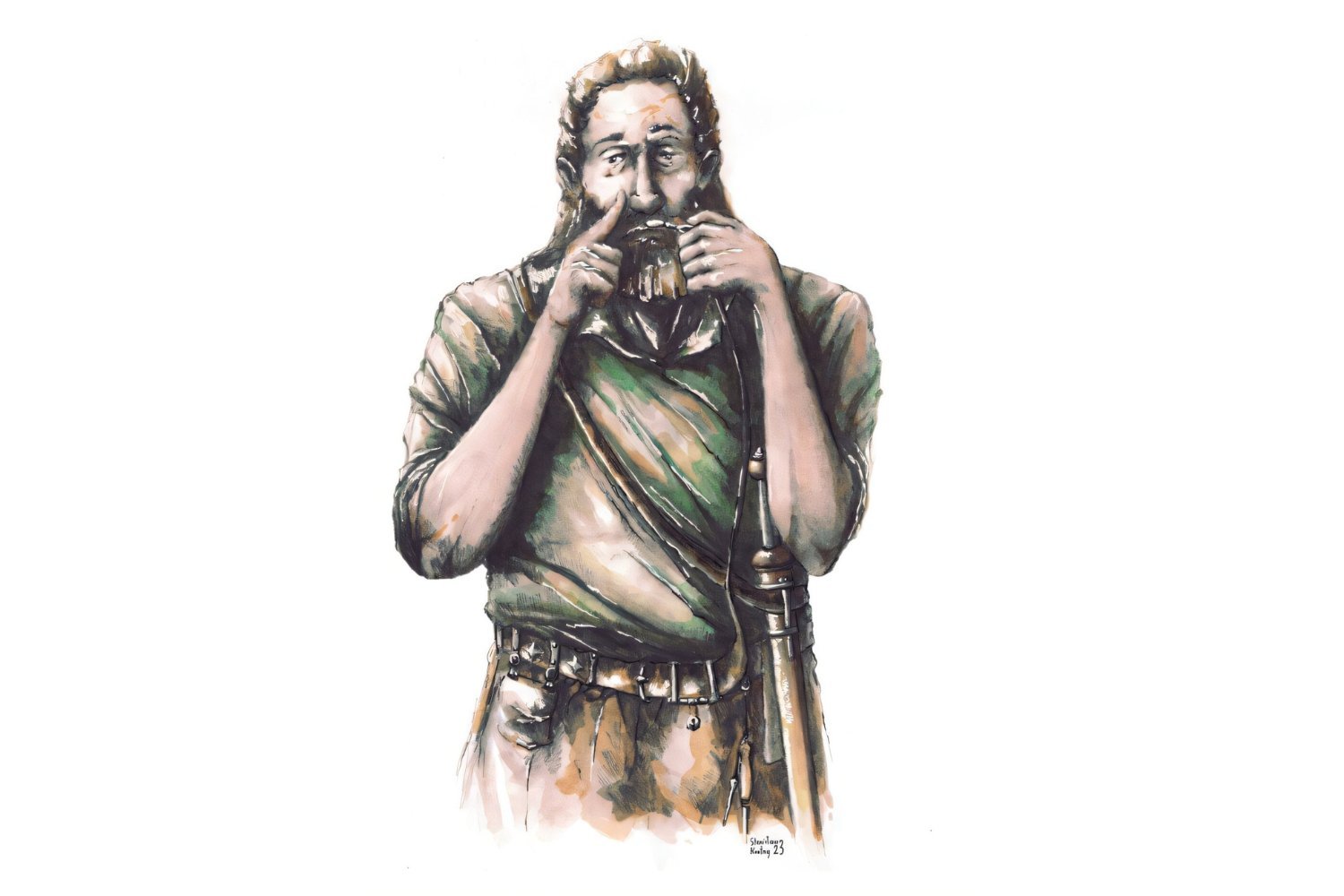How would you prepare for battle? If you were a Germanic warrior from northern Europe during Roman times, you may have sniffed some narcotics.
A team of three Polish researchers, including archaeologist Andrzej Kokowski and two biologists from the Maria Curie-Sklodowska University, has suggested that Germanic people in northern Europe who lived outside the Roman Empire used stimulants during warfare. Their findings, detailed in a November 26 to study published in the magazine From Gruyterchallenges the idea that only Mediterranean civilizations used narcotics in ancient times.
While archaeological and historical sources testify that the ancient Greeks and Romans used narcotics such as opium, according to the study, there is no clear evidence to suggest that their contemporaries also engaged in such consumption (the the ancient Egyptians, however, drank psychedelics). This has led many scholars to conclude that the Germanic tribes, sometimes referred to by the antiquated term barbarians (the ancient Greek and Roman name for all foreigners)—did not use stimulants other than alcohol.
“Therefore, we wondered whether stimulant consumption in the barbarian world of the Roman period was truly absent,” the researchers wrote in the study. Since there was no direct evidence, “they decided to look for indirect clues.”
These clues came in the form of 241 small objects attached to the belts of warriors at 116 archaeological sites from the Roman period (roughly 7th century BC to 5th century AD) in northern Europe, including present-day Germany, Scandinavia and poland The objects are spoon-shaped artifacts with handles mostly between 1.57 and 2.76 inches (40 and 70 millimeters) long and small bowls or flat discs 0.39 inches to 0.78 inches in diameter (from 10 to 20 millimeters). Archaeologists unearthed them among other artifacts related to the war.
Consequently, archaeologist Andrzej Kokowski and his colleagues hypothesized that Germanic warriors may have used the spoon-like objects to take stimulants with the aim of increasing exertion and reducing stress before to plunge into battle. Essentially, just another version of liquid courage.
“Warriors could have used these objects to measure the right dose to produce the desired effects and reduce the possibility of an overdose,” the researchers wrote in De Gruyter. statement.
To bolster this theory, the team looked at possible stimulants that Germanic tribes may have accessed locally or through trade during Roman times. The list of possibles includes poppy, hemp, hops, belladonna, henbane and numerous fungi, all of which could have been taken as a liquid or powder, and may also have been used for medicinal and/or ritual purposes, according to the study .
“Use of agitation stimulants may have been much greater than previously assumed,” the researchers wrote in the study. They also suggested that the people of northern Europe must have had significant knowledge and organizational skills to secure and distribute the types and quantities of substances needed. Additionally, demand for stimulants may have stimulated war economies (pun intended) during this time period in previously unknown ways.
Ultimately, Polish researchers came up with a captivating hypothesis about the Germanic peoples’ potential use of stimulants when going into battle. After all, I wouldn’t say no to an extra boost if I was expected to face a Roman legionnaire.





